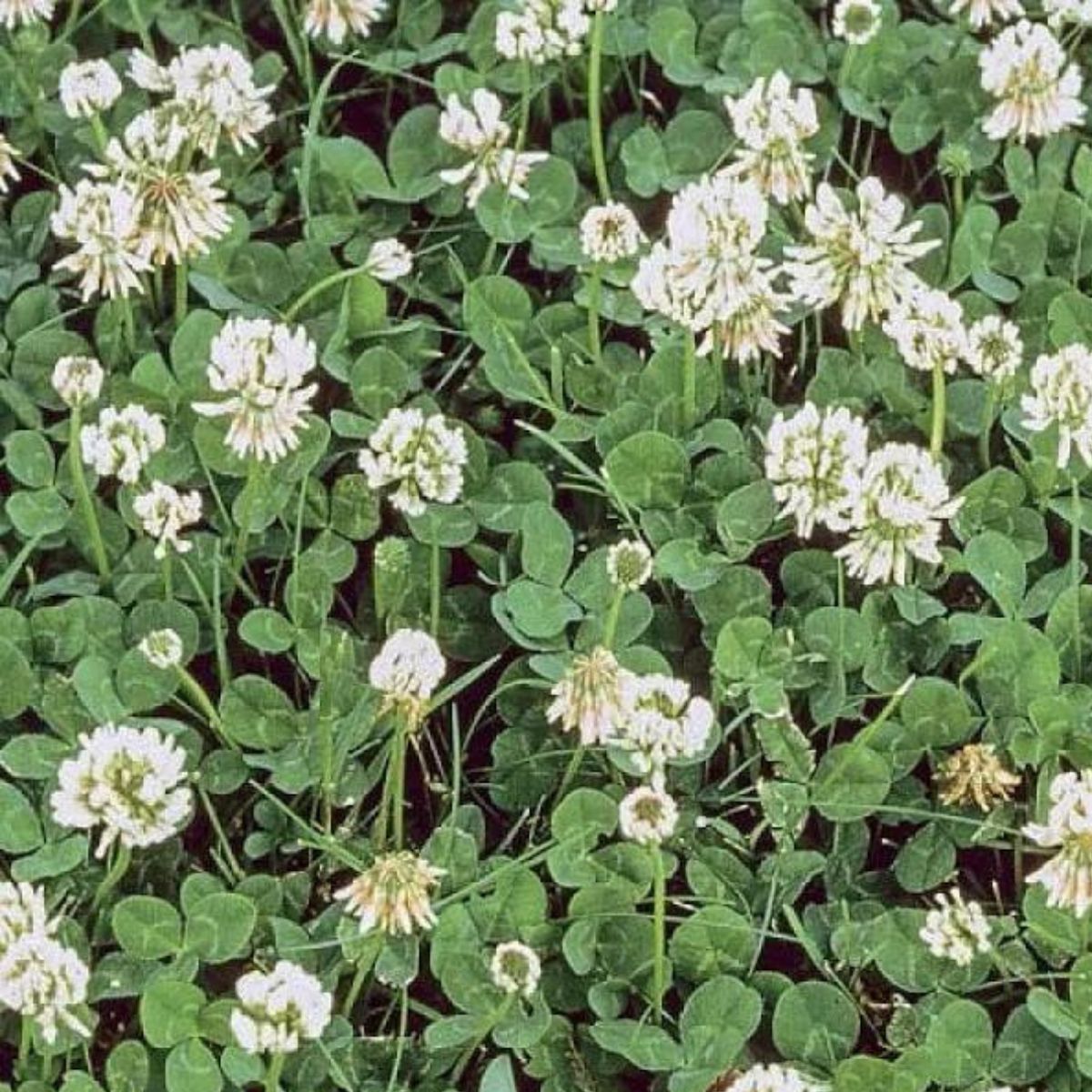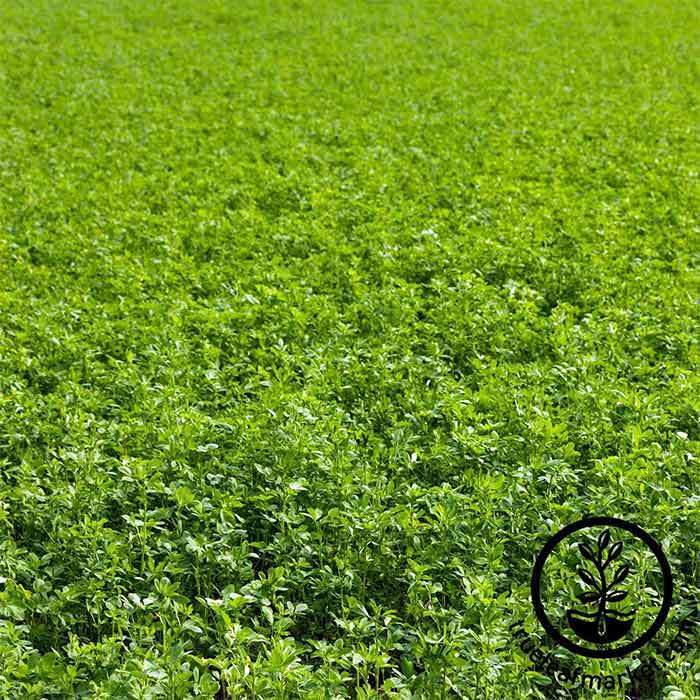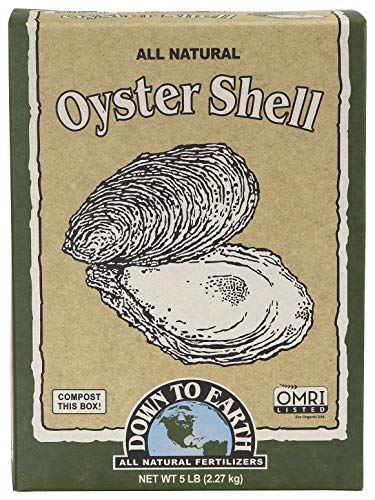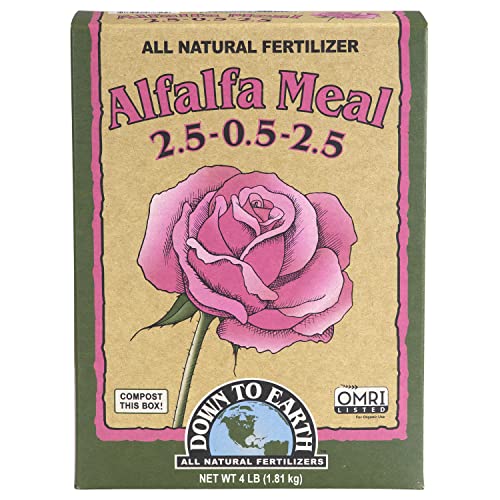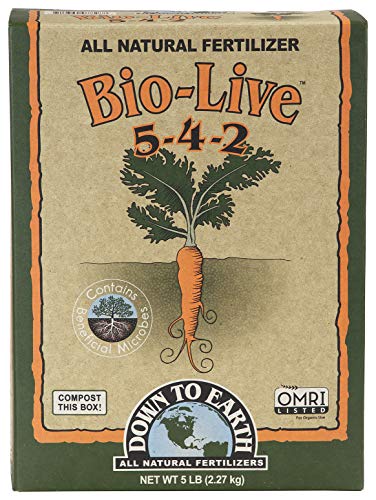5 Things Expert Vegetable Growers Know to Do to Keep Your Soil Rich and Garden Crops Abundant
Expert advice on strategies for soil health and prolific planting, from how to apply fertilizer to the best ways to grow crops together
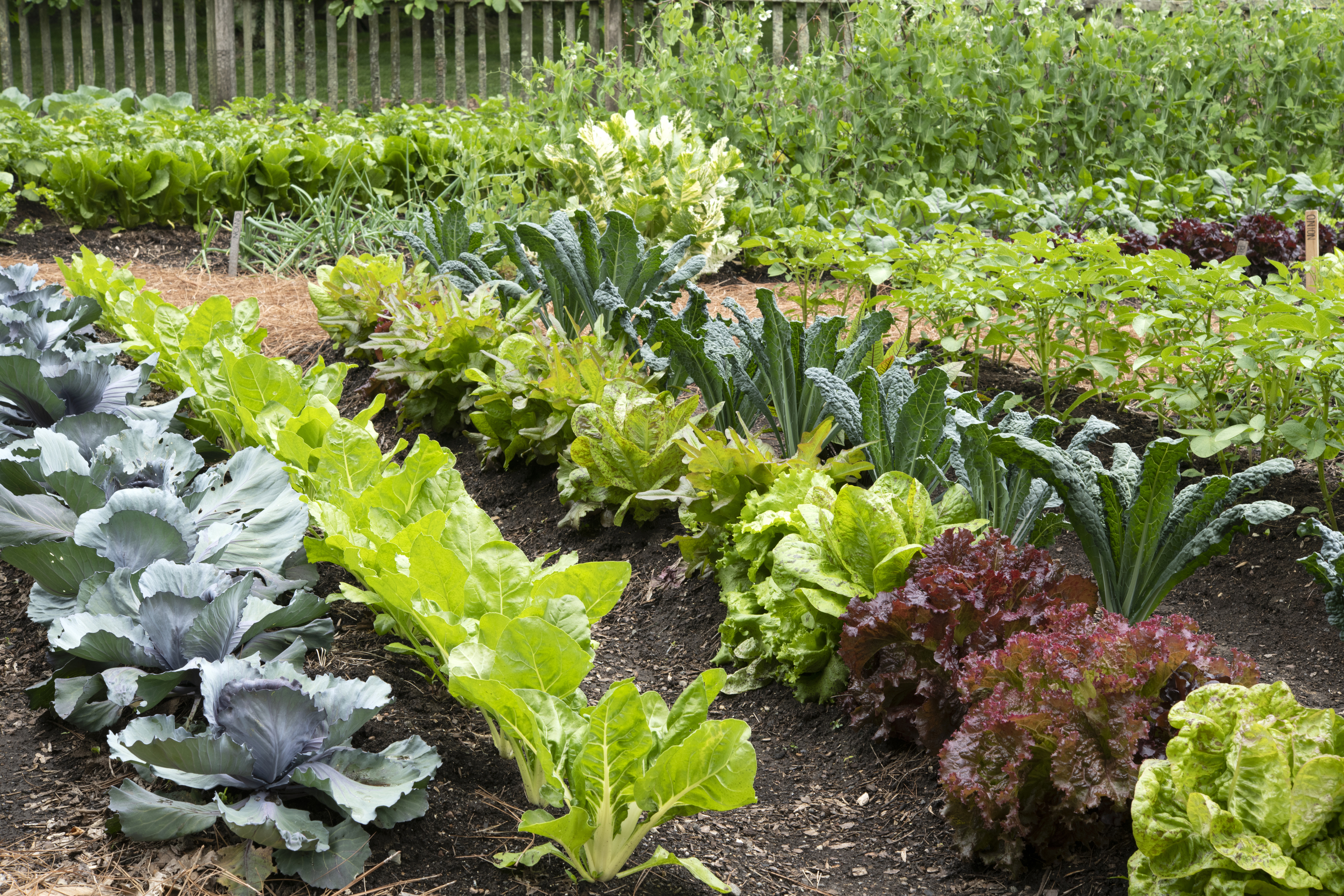
Knowing how to fertilize vegetable beds properly, as nature intended, will help you yield better and bigger crops. These simple ideas will improve soil diversity and in turn the health of your plants. This will ultimately result in more vegetables with less effort.
'We have long been conditioned to believe that NPK fertilizer is the source of plant vitality,' says gardener, Tony O'Neill, author, Simplify Vegetable Gardening. 'However, there is growing evidence that plants have well-developed strategies to recruit microorganisms to bring them the nutrients they need.
'The best possible strategy for improving plant nutrient availability is to boost soil biodiverse populations, both of plant roots and microorganisms. There is a strong link between plant family diversity and microbial diversity.' So how do you go about fertilizing a garden when you're looking to grow good vegetables? Here's what you need to know.
1. Grow 4 species from 4 families together
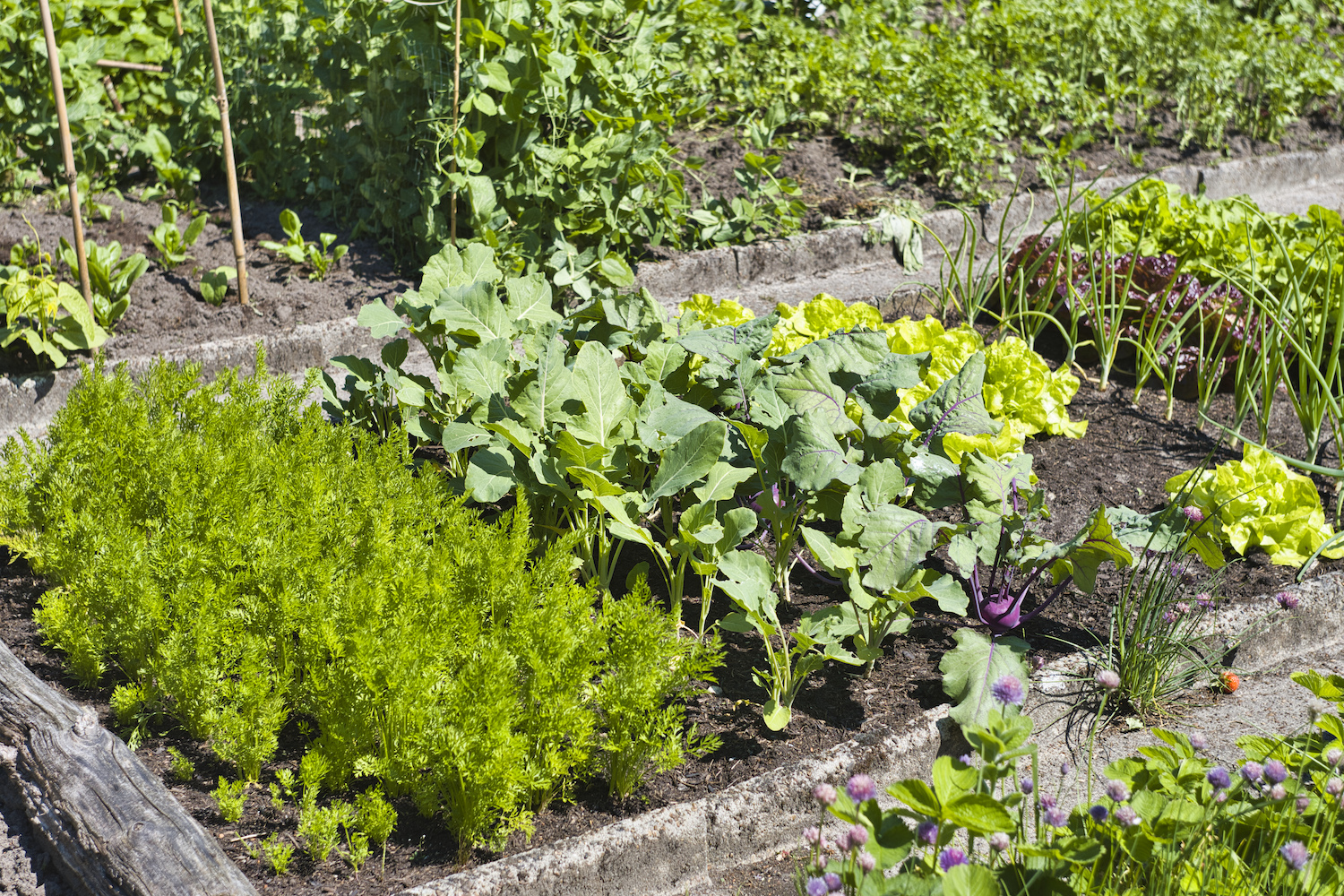
As outlined already, fertilizing a modern vegetable garden isn't just a case of sprinkling artificial fertilizers at certain times of the year. In fact, this can prove detrimental in the long term.
According to many gardening experts, growing different vegetable varieties together can be a more effective way to fertilize your plants.
'Regrettably, our popular NPK fertilizer strategy disrupts the natural processes and creates a self-perpetuating cycle of chemical dependency,' explains Tony O'Neill. 'Effective microbial diversity happens when plants from at least four families grow together with different germination times and root structures.
'The longterm study by the German Jena Experiment has conclusively shown that environments become more effective and more resilient if at least four species from four families, ie. 16 or more plants are grown together.'
This style of gardening may also be referred to as companion planting, whereby different species are planted in close proximity to maximize space, deter or encourage bugs and fix the soil.
'Growing pole beans up corn plants is one way to take advantage of different architectural layers, as well as to utilize the nitrogen-fixing capabilities of the bean plants to help enrich the soil,' says Jessica Walliser, author of Attracting Beneficial Bugs.
Different vegetable families include roots and tubers (potatoes, carrots, beets, radishes etc), brassicas (broccoli, kale, cabbage etc), bulbs such as onions, leeks and garlic; legumes (beans, peas) and salad leaves (arugula, lettuce, spinach).
Research companion planting, to decide which of your favorite crops to place together.
2. Grow cover crops
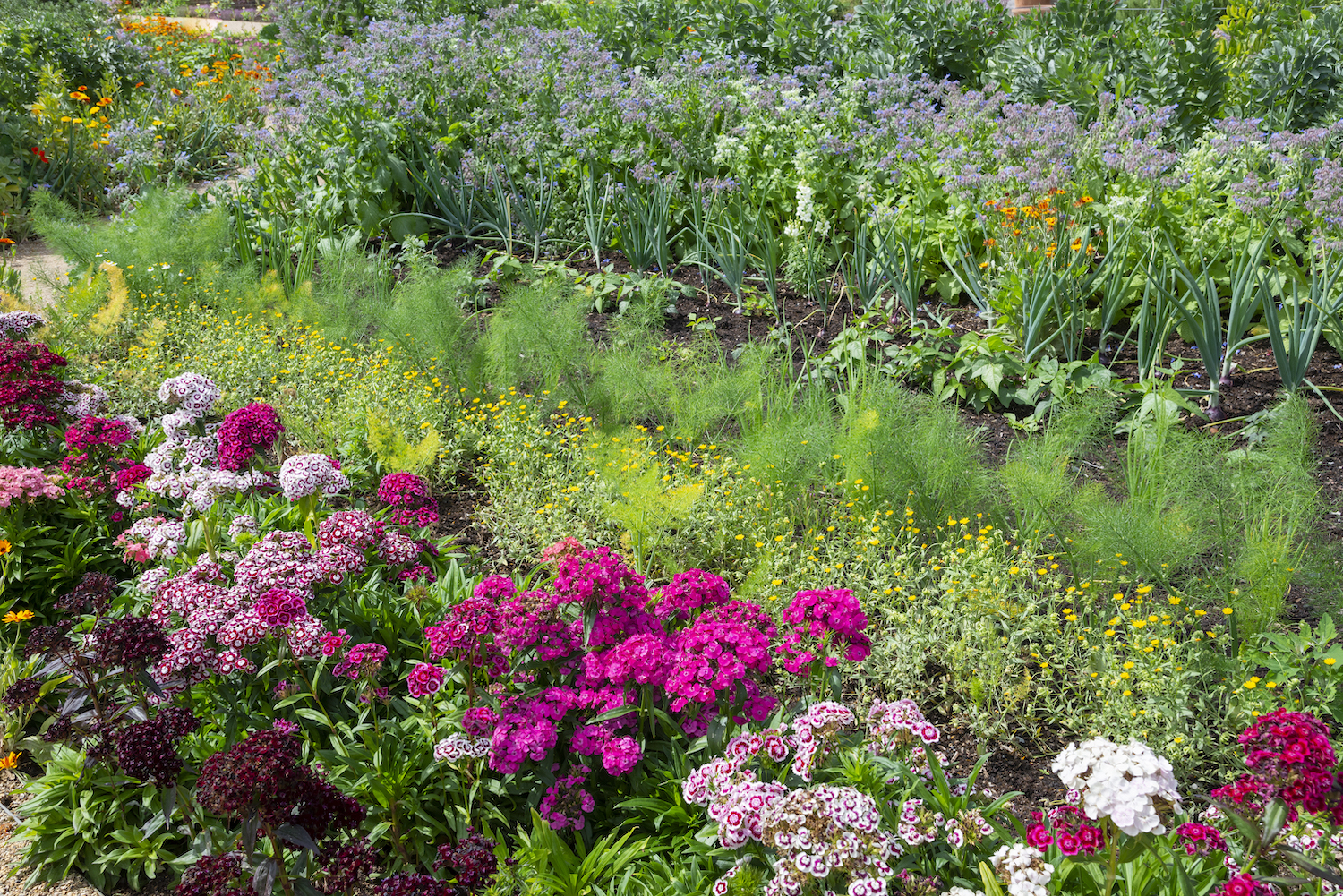
This in effect, is a similar strategy to the one above, whereby you sow crops that will grow when others have been harvested. Cover crops keep the soil covered, rather than bare, which in turn nourishes it.
'In a healthy garden, we don't feed our plants. We feed our soil and the life within it; and that's what feeds our plants,' explains gardening expert Kevin Espiritu, author of Epic Homesteading. 'This is the number one tactic for building a happy, healthy garden. 'A lot of homesteaders don't consider cover crops, but they are a mainstay of market gardeners,' continues Kevin. 'I think of cover crops as the laziest way to improve your soil.
'Growing a "green manure" keeps your soil covered when you're not growing a regular crop-preventing erosion and nutrient loss-and keeps roots in the soil to feed the soil life.
'When you cut down the cover crop, the debris breaks down and puts organic matter back into the soil. Be sure to cut down the cover crop before it goes to seed, otherwise you could be growing another season of the cover crop whether you intended to or not.'
Plants that make good cover crops include those with long taproots, such as clover, comfrey and radish; as well as legumes such as beans and alfalfa; brassicas and grains and grasses, such as rye and wheat.
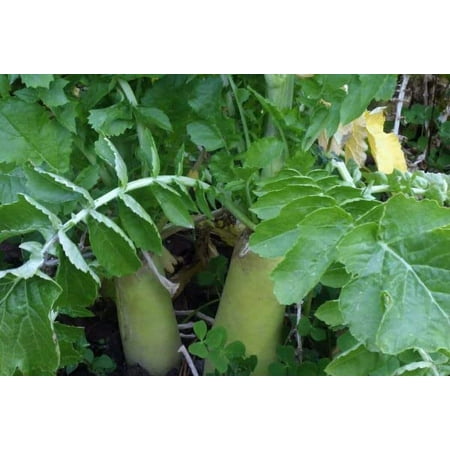
Price: $44.49
Quantity: 10lb
This cover crop penetrates deeply to break up and aerate hard soils, improving soil structure and drainage.
3. Consider crop rotation
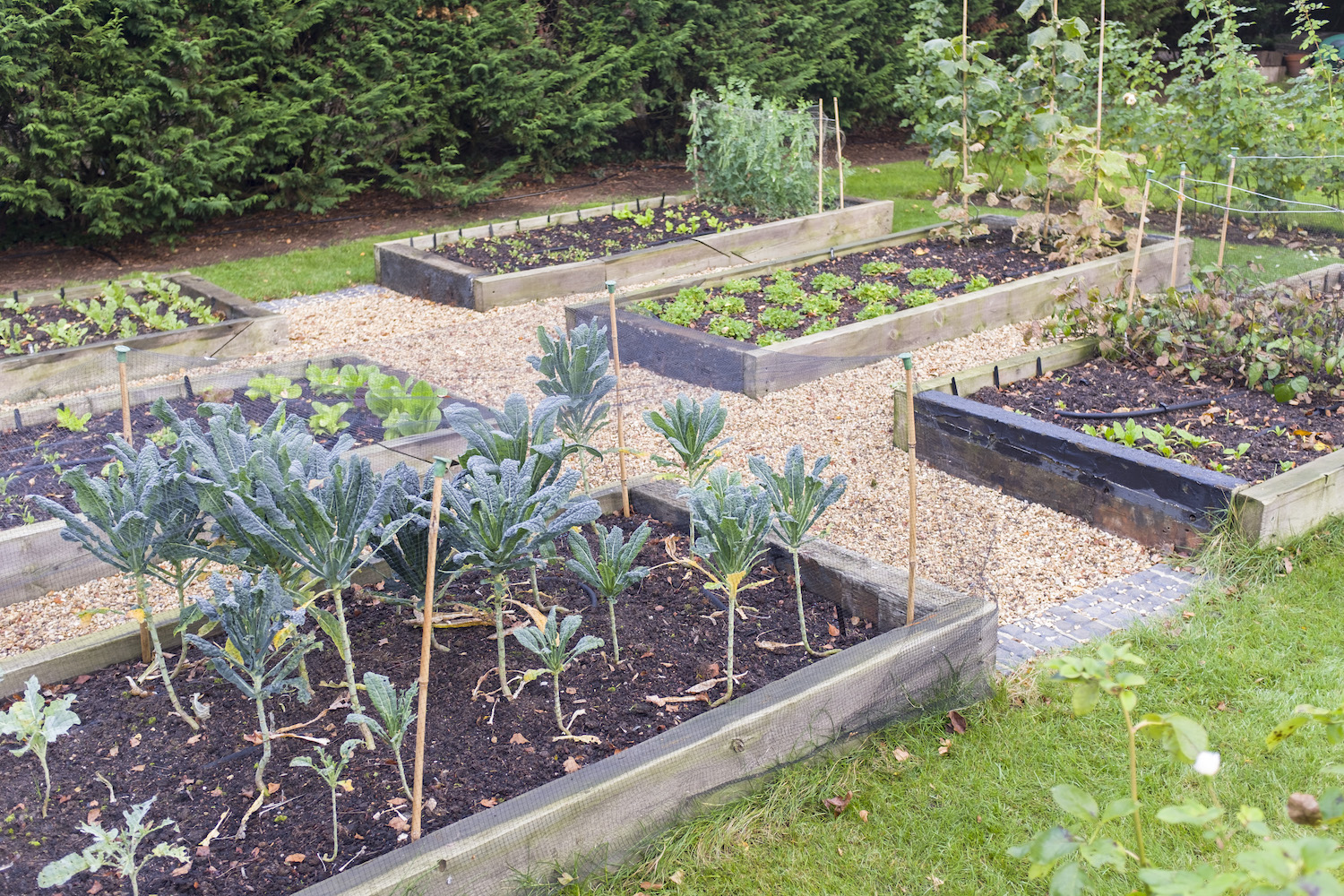
One of the ways soil becomes depleted is by growing the same crop in the same spot, year after year. However, if you've employed either of the afore-mentioned techniques, your soil will naturally be replenished and a crop rotation system will not be necessary.
If you haven't mixed your plantings however, and you prefer a neater style, rotate where you plant your crops for healthier soil.
'Growing different varieties of crop in an ordered succession (with brassicas following legumes, following potatoes and so forth) will ensure order and overall soil health and fertility,' says Kim Stoddart, co-author of The Climate Change Garden. 'However, if you plant different types of vegetables and even fruits all mixed in together in your bed, then the soil doesn't get depleted in the same way it would with mono-culture, block-style planting.'
'The key is to ensure there is sufficient space between hungrier plants and balance between the crops that are planted together. Don't have too many of one type of crop in a particular area to ensure the soil remains fertile and pest build-up doesn't become an issue.
'In fact, a more free-spirited method of growing can also keep pest numbers in check.'
4. Amend the soil with organic compost

The difference between compost and fertilizer is that compost feeds the soil and fertilizer is a quick boost that feeds the plants. However, if the soil is healthy you're unlikely to need artificial fertilizers.
If you amended garden soil by added compost or mulch, such as shredded leaf mold, to your vegetable beds in the fall, the soil should be sufficiently nourished for vegetable growing come spring. However, if you want to check the nutrient levels and pH of your soil, you could do a soil test.
'In many cases, organic amendments serve as both soil conditioner and fertilizer,' says Stephanie Rose, author of Garden Alchemy. 'Adding compost and mulch as a top dressing to gardens each year is a great way to continue to build healthy soil by adding organic materials that aerate the soil, hold onto moisture and contain nutrients.'
There are numerous ways to create compost. If you haven't done so already, start now for home-made compost to feed your vegetable patch next fall.
'The best way to keep your compost bin balanced is to ensure that no single nitrogen source exceeds more than 20% the volume of what you're adding,' says Stephanie.
5. Apply natural fertilizer
'Plants need a variety of nutrients to perform their best,' says Stephanie Rose. 'Primary nutrients (nitrogen, phosphorous and potassium), secondary nutrients (sulfur, calcium and magnesium) and a collection of micronutrients. In most cases, adding an adequate amount of compost and organic mulch is enough to provide the nutrition plants need. However, there are times when a little extra nutrition can help.
'Synthetic fertilizer molecules are made to be readily available to plants, and therefore can be hard to regulate. It's easy to over apply synthetic fertilizer, and cause plants to take up too much too quickly, causing fertilizer "burn".
'Fertilizers from natural sources are a wonderful way to support plant growth, while protecting soil life,' continues Stephanie. 'Natural fertilizers are more forgiving. Soil wildlife such as bacteria, fungi and insects break down the organic matter into plant available forms. This supports the living biome of the soil, regulates the speed at which the nutrients are available and encourages the plant to grow stable roots and expand the area they collect nutrients from.'
'The only true way to determine how much fertilizer your garden needs is to get a soil lab test done that will report how much fertilizer is needed.'
Natural fertilizers include liquid comfrey or nettle tea feeds (which are easy to make yourself), seaweed, bone meal, blood meal, animal manures (check the source if you're growing organically as the animals may have been reared intensively), and oyster shell flour.
According to Stephanie Rose oyster shell flour (which you can find on Amazon) is rich in calcium carbonate and can be beneficial when growing tomatoes, cucumbers or zucchini - and alfalfa is a good plant-based alternative to blood meal.
Liquid fertilizers and soluble powders can be applied to plant roots in growing season, however take care to avoid contact with leaves or using too much. 'Leaf contact can cause scorching,' says an expert from the Royal Horticultural Society. 'And over application could cause root damage and pollution of ground water.'
Other natural fertilizers, such as coffee chaff, alfalfa meal and biochar can or should be added to potting compost before sowing or planting. Check the instructions of whichever product you decide is necessary for your vegetable garden, before applying it.
Be The First To Know
The Livingetc newsletters are your inside source for what’s shaping interiors now - and what’s next. Discover trend forecasts, smart style ideas, and curated shopping inspiration that brings design to life. Subscribe today and stay ahead of the curve.
Jacky Parker is a London-based freelance journalist and content creator, specialising in interiors, travel and food. From buying guides and real home case studies to shopping and news pages, she produces a wide range of features for national magazines and SEO content for websites
A long-time contributor to Livingetc, as a member of the team, she regularly reports on the latest trends, speaking to experts and discovering the latest tips. Jacky has also written for other publications such as Homes and Gardens, Ideal Home, Red, Grand Designs, Sunday Times Style and AD, Country Homes and Interiors and ELLE Decoration.
-
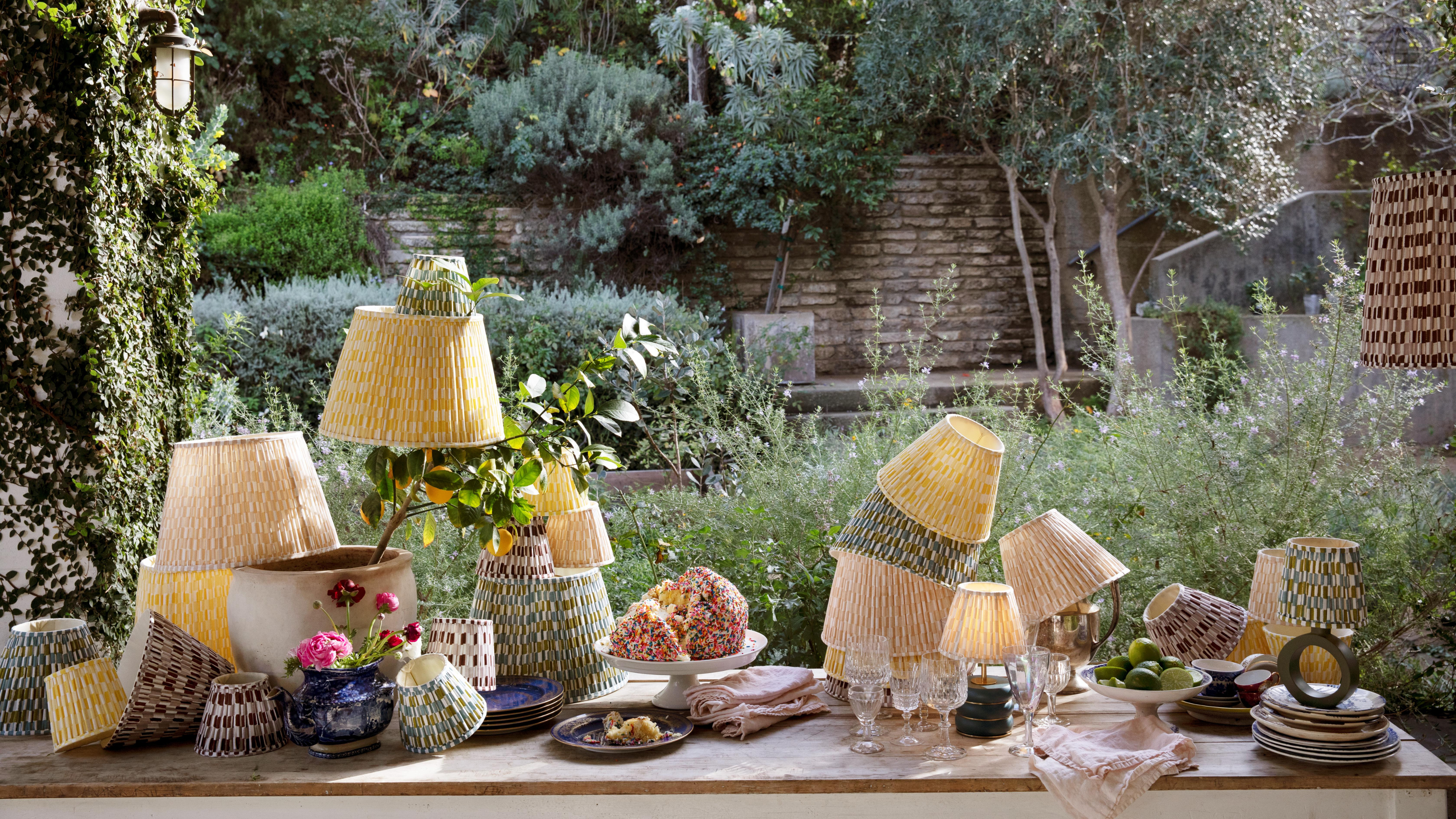 String Lights Are Over — This Outdoor Lighting Collab Is What Comes Next (And Fixes Your Backyard’s Biggest Issue)
String Lights Are Over — This Outdoor Lighting Collab Is What Comes Next (And Fixes Your Backyard’s Biggest Issue)No plugs, no problem. Pooky x The Novogratz makes a compelling case to ditch your string lights for good
-
 The Deep Dive — Why Architect and Designer Alvar Aalto Has a Last Legacy in Design
The Deep Dive — Why Architect and Designer Alvar Aalto Has a Last Legacy in DesignAlvar Aalto remains so significant to Finnish design — from how they approach the seasonal light to inspiring the mediums, designers, and brands that prove important to the country’s buoyant creative scene
